The discipline of public relations has evolved so dramatically over the past few years that it is no longer effective in its traditional form. Instead, we are seeing a new emphasis on building personal, one-to-one relationships between consumers and brands. And that’s a good thing.
Traditionally, public relations focused on getting good stories into mass-market media where they’d secure large audiences – the “public” part of public relations. It was a top-down, one-to-many approach, and for a long time, it worked incredibly well. Until we saw the widespread adoption of the internet, the rise of social media, and the decline of print. Consumers choose their own content to engage with and elect influencers that mesh with their own personality and interests.
And then came the Covid-19 pandemic, with almost six million lives lost, soaring joblessness and huge uncertainty around the world. Trust in traditional institutions – including government, business, the media, and civil society – has plummeted according to findings.
We’re seeing a fundamental shift in the way people are relating to one another and to businesses. And that means that Public Relations, as it was previously practised, needs to radically change and evolve. Now, we’re seeing the rise of personal relations – where we communicate with consumers as individuals, on their terms, about what they want. There are several key takeaways from this evolving shift.
Fake news itself is at epidemic proportions, with 80% of US consumers reporting that they had seen fake news in relation to the Covid-19 pandemic. Similarly, phishing emails, which offer fake credentials and narratives from cyber attackers, are a daily annoyance for most professionals. As a result, consumers have to either double-check all the information they receive or instead put their trust in selected individuals as content curators.
Takeaway: Companies will double-down on monitoring brand assets and clamp down on misuse, while consumers will need additional proof of experts’ credentials. Testimonials, case studies, executive profiling and thought leadership will take centre stage.

At the same time, authenticity and integrity become sought after. What do you really stand for? What’s your personality? Is there a face behind your brand? Brands are more memorable when they are distinctive. Consumers have been trending towards purpose-driven and ethical brands and this will continue in 2022 and beyond. We’re seeing this desire become more urgent, with consumers calling out brands who are perceived as insufficiently ethical or who issue half-hearted endorsements.
Takeaway: Consumers want to interact with brands that stand for something and have their purpose front and center – because they trust them to do the right thing. Know what your consumers value and show them that you share their vision.

Cookies – data files used to identify and track users across the internet – are crumbling as data protection legislation becomes more stringent. Third-party cookies are being removed and this means brands need to put more effort into building first-party, human-centered relationships. Added to this is the overwhelming need for curation. It’s estimated that 500 hours of content are loaded onto YouTube every minute, 695 000 stories are shared on Instagram and nearly 70 million messages are sent via WhatsApp and Messenger. Consumers either curate their own content feeds or follow others who do.
Takeaway: Companies need to put more effort into knowing their audiences, who they’re interacting with, and where to find them, and offer content that’s relevant, insightful and actionable. At the same time, the role of influencers will change, with brands working with influencers who are relevant and showing engagement with target audiences. Long-term partnerships promote consistency and measurable returns.

These changes may seem daunting, but they do signal the need for a change in the way communications are conducted. We believe, though, that this focus on the personal is achievable for companies who put time into understanding their target audiences and delivering content that is tailored and meaningful.
A fast-changing world requires an integrated communications strategy that is equally agile, able to pivot to find audiences where they’re at. With the rise of remote working, social distancing, and digital media, consumers are not just hungry, they are starving for real connection, experience, understanding and meaning. The opportunity here is for brands to stop spinning and start listening and sharing what’s authentic and unique to them.
Viva personal relations!


